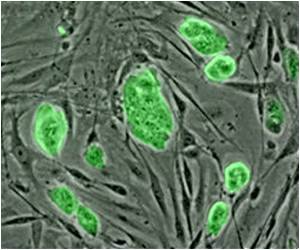A genetically unique offspring is created by an enzyme T7 endonuclease 1 that combines both maternal and paternal DNA has been discovered.
The researchers mapped the 3 dimensional structure of an enzyme responsible for splitting DNA strands – a process at the heart of human individuality.
Using X-ray crystallography techniques, T7 endonuclease 1 enzyme’s structure was discovered.The enzyme is derived from a bacteriophage – a naturally occurring virus-like agent that attacks bacteria – but the molecular processes are expected to be similar in other organisms, including humans.
“Whilst the enzyme was known to play a central role, its physical structure, which is crucial to understanding the splitting process, has never been seen before. We’ve now got a 3D picture of it at work, and seen it at the point at which it is about to cut through the DNA strands. This is a major breakthrough in investigating the fundamental mechanisms at work behind the formation of a person’s DNA and how viruses replicate their DNA in the body,” Professor Simon Phillips said.
In humans, this process starts at conception when maternal and paternal DNA strands join together at random points in their sequence. Enzymes such as T7 endonuclease 1 are then responsible for severing the strands at this junction, thus creating a third, unique DNA sequence for the offspring.
However, Professor Phillips said that it would be some time before this process can be observed in humans.
“It’s too important a discovery to rush. Our next step is to examine the process in a more complex system than bacteriophage, such as yeast,” he said
Source-ANI
SPH /J









